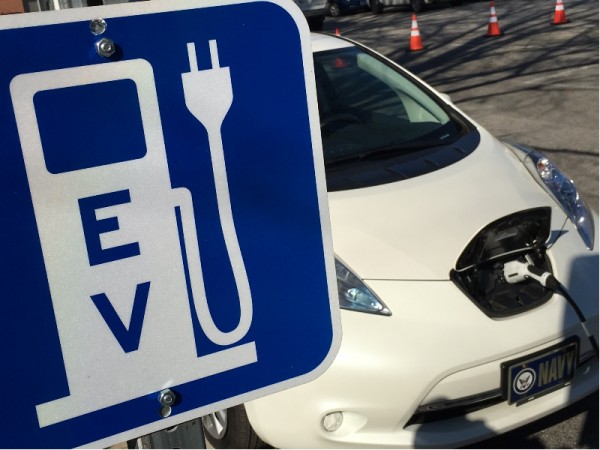
This billing factor provides a way to account for changes in the price of fuels used to generate electricity, as well as other factors within the utility, which can increase or decrease throughout the year. The WPCA or “fuel charge” is a common practice used by electric utilities nationwide.

WPCA is a factor that changes, either up or down, and is a necessary to account for monthly fluctuations in Sawnee EMC’s wholesale power and other costs. This action will affect all Sawnee EMC residential and most of its commercial accounts.

This rate reduction will occur in the Sawnee’s Rate Schedule “R”, Wholesale Power Cost Adjustment (WPCA), a billing component utilized in most Sawnee EMC rate schedules. Now try that same scenario with the same 8000 kWh consumption and a higher demand of 35 kW.ġ4000 kWh is higher than your consumption of 8000 kWh, so you do not get the benefit of the price of $.0227/kWh and your initial breakpoint does not occur until 7000 kWh so you only get 1000 kWh at the price of $.0331.Īs you can see from this demonstration using the same monthly consumption, a lower demand will save you money.CUMMING, GA – Sawnee Electric Membership Corporation (Sawnee EMC) announced today its Board of directors recently approved a retail rate decrease which will occur on energy bills sent out beginning January 4, 2022. (Total does not include other charges listed on the G-23 Rate (PDF)) Then all kWh usage between 36 kWh costs $0.0331/kWh and everything between 7200 kWh and 8000 kWh costs $0.0227/kWh. The first number (3600 kWh) is the “break point” for you, as shown in the rate break-down above all kWh usage up to 3600 uses the tiered rate listed. Second: To find the point at which kWh consumption is in excess of 400 kWh per kW of billing demand, take your demand and multiply it by 400 kWh To explain the breakdown let's assume, you use 8000 kWh per month with a demand of 18 kW.įirst: To find the point at which kWh consumption becomes in excess of 200 kWh per kW of billing demand, take your demand and multiply it by 200 kWh. The areas that are highlighted show you the part of your rate that depends upon your demand. Let’s look at the part of the G-23 rate to demonstrate how a lower demand benefits you.Īll consumption in excess of 200 kWh per kW of billing demand but not greater than 400 kWh per kW of billing demand $0.0331/kWhĪll consumption in excess of 400 kWh per kW of billing demand $0.0227/kWh When Does a Lower Demand Benefit Me on My Rate? It is to your advantage to try to keep your demand as low as possible. However if you have a high demand then you may not get the reduction on your price per kilowatt. If your rate is demand based, and you have a low demand with a higher monthly kWh usage, you may get a reduction in the price per kilowatt for part of your bill. By keeping your demand down, it saves money for you and all other members of the cooperative.ĭemand can have a positive or negative effect on your bill. As our peak demand grows, so does the cost of the electricity for all members. The peak demand for our system is a determining factor in the cost of power purchased by Sawnee EMC. If you use more kW in the next 15 minutes than you did in the previous 15 then it takes that reading as your demand and continues this process throughout the month until the next billing reading is taken. The meter begins recording the usage for each 15 minute segment. Every month the demand is reset to 0 kW when the billing reading is taken.

Most of Sawnee EMC's commercial meters record demand on a continuous basis each month. This means that at some time during the month your building used 25 kilowatts for at least one short period on the way to using 8000 kWh per month.

Your monthly kilowatt usage may be 8000 kWh, while your demand may be 25 kilowatts. Demand is the highest period of kilowatts measured that you use during the month. Some of Sawnee EMC's commercial rates use "Demand" as a part of calculating your bill.


 0 kommentar(er)
0 kommentar(er)
